The spectacular flowers that will thrive on chalky soils
Sometimes, gardening on chalk feels like an unfair challenge, says Charles Quest-Ritson — but there are some beauties which will make it all worthwhile.

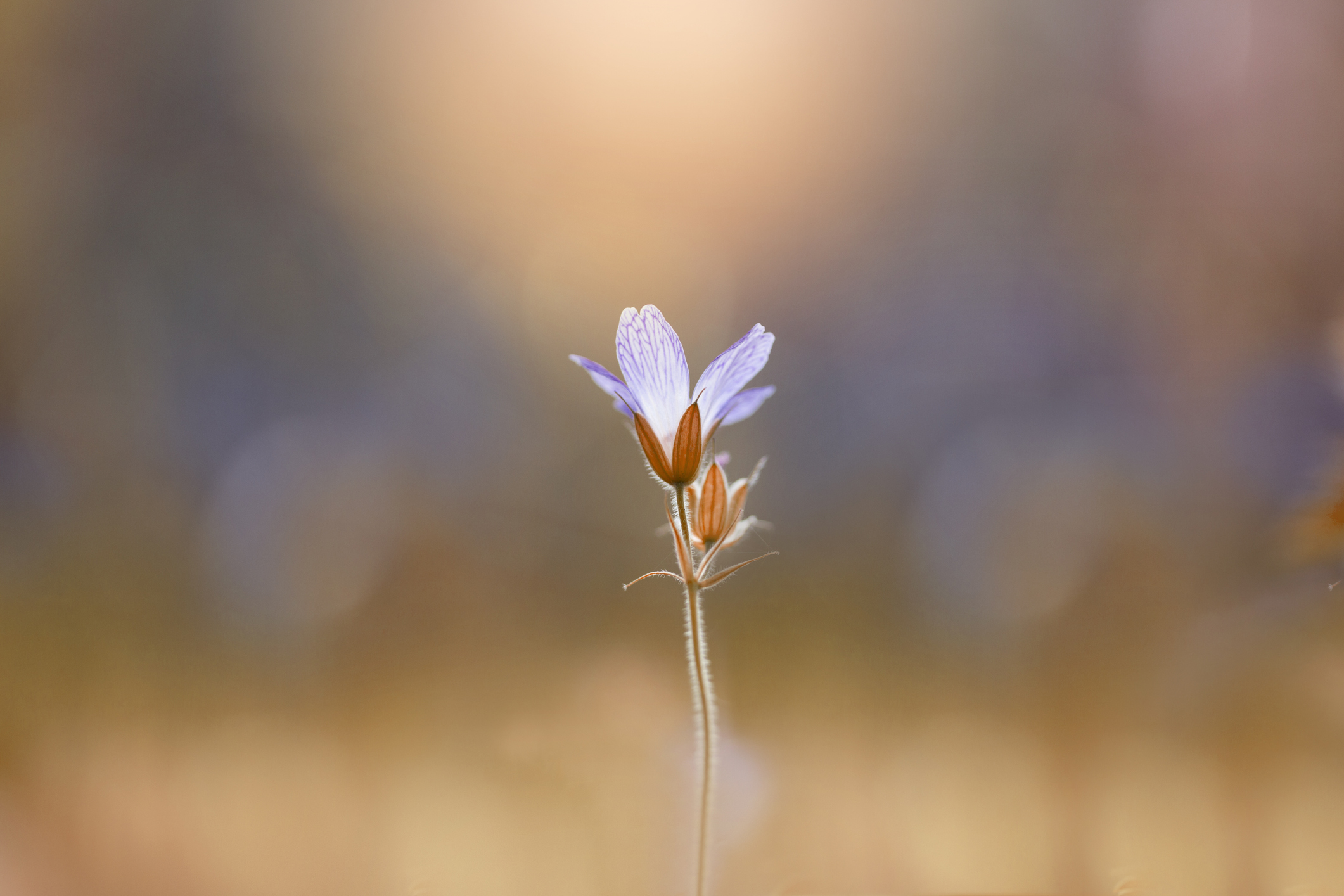
I garden on chalk. Sometimes, I wish I didn’t. It’s not only rhododendrons, camellias and magnolias that are a complete no-no. Time and again, I find a lily or an iris, a primula or a gentian that cannot be grown in my garden. It’s not fair, because there are thousands of forbidden plants that I can never cultivate, but only a handful of goody-goody plants that actually prefer chalk. At best, one might say that chalk gardens are different; at worst, people say they are boring. That’s not fair, either.
But there’s nothing boring about the wildflowers of our chalk downlands. They are infinitely more variable and beautiful than the heaths and heathers that grow on acid soils. Our chalk-downland flora is rich with diversity, from cowslips (Primula veris) in spring to autumn lady’s-tresses (Spiranthes spiralis) in September.
The main display comes later than with most native plants — pink-and-white restharrow (Ononis repens), sky-blue field scabious (Knautia arvensis), purple knapweed (Centaurea scabiosa) and rich pink sainfoin (Onobrychis viciifolia) reach their peak in July and August. Best of all, and flowering into September, is the wild toadflax, Linaria vulgaris; there’s a stretch on the A34 north of Winchester where I always slow down to admire the hefty yellow clumps that grow in the roadside verge.

I have often wondered why we do not grow these wild native plants in our gardens and why they have not given rise to innumerable horticultural forms. Imagine double-flowered scabious, orange or scarlet toadflax and knapweeds selected to grow to a height of 5ft. It’s worth remembering that Shirley poppies, in all their infinite variety, were bred and selected from our common red field poppy by the botanically inclined vicar of Shirley (now absorbed into Croydon) in the 1880s.
There is one plant of the chalk downland that surpasses all others in beauty — the blue Geranium pratense, known to people who do not like Latin names as the meadow cranesbill. You must forget A. A. Milne’s nonsense poem about the dormouse who lived in a bed of delphiniums (blue) and geraniums (red) — the scarlet jobs are pelargoniums from South Africa, operating under an assumed name. Our native chalk geranium is blue — proper blue — with paler lines that draw pollinating insects towards the black anthers at the centre. And the vigour of blue geraniums enables them to compete on more than equal terms with the grasses that line our country roads. You can drive for many miles along the lanes that weave through our chalk uplands — from Dorset to Dover and north to Flamborough Head — and find that Geranium pratense is never out of your sight.

Our blue geranium throws up occasional variants. The albino form — never quite gleaming white — turns up in the wild with the same sort of frequency as white bluebells do among their blue brethren. Further colour variants have been grown in gardens for centuries. Plant a few selected forms and you soon find your borders are awash with fascinating seedlings, each different from the next, from palest blue to purple, mixed in with sort-of-pinks and stripey forms. Even the double-flowered geraniums set seed and quickly fill a border with their off-spring. I enjoy seeing what comes up and let the better ones grow on. The less-exciting seedlings get spade-pruned.
Do not underestimate their vigour. Blue geraniums will reach 3ft when they are in competition for space with hearty growers. In fact, those competitors support their growth, but, in a border where every plant has its allotted space, the lanky geraniums flop over and sprawl untidily. Some gardeners limit their presence to marginal areas, such as the uncut meadows of old orchards, but I like the way they quickly colonise a border. Blue is such a useful colour among shrubs — especially shrub roses — and geraniums combine well with every colour scheme and bind it together.
Exquisite houses, the beauty of Nature, and how to get the most from your life, straight to your inbox.
Chalk is a pale soil and the swarms of blue geraniums give my borders much of their high-summer richness. Cowslips perform the same service in late spring, when their promiscuous behaviour towards my primroses and polyanthus gives rise to large multiracial communities of infinite diversity. I love them all, but I remember that both of them — geraniums and cowslips — behaved just as expansively in my grandparents’ rhododendron garden. The truth is that all my favourite chalk-downland natives — including scabious, knapweed and toadflax — are as happy on acid soils as alkaline.
Unfortunately, the inverse is not true. I will never persuade rhododendrons and camellias to settle down in my chalky garden. I told you, it’s not fair.
Charles Quest-Ritson wrote the RHS Encyclopedia of Roses
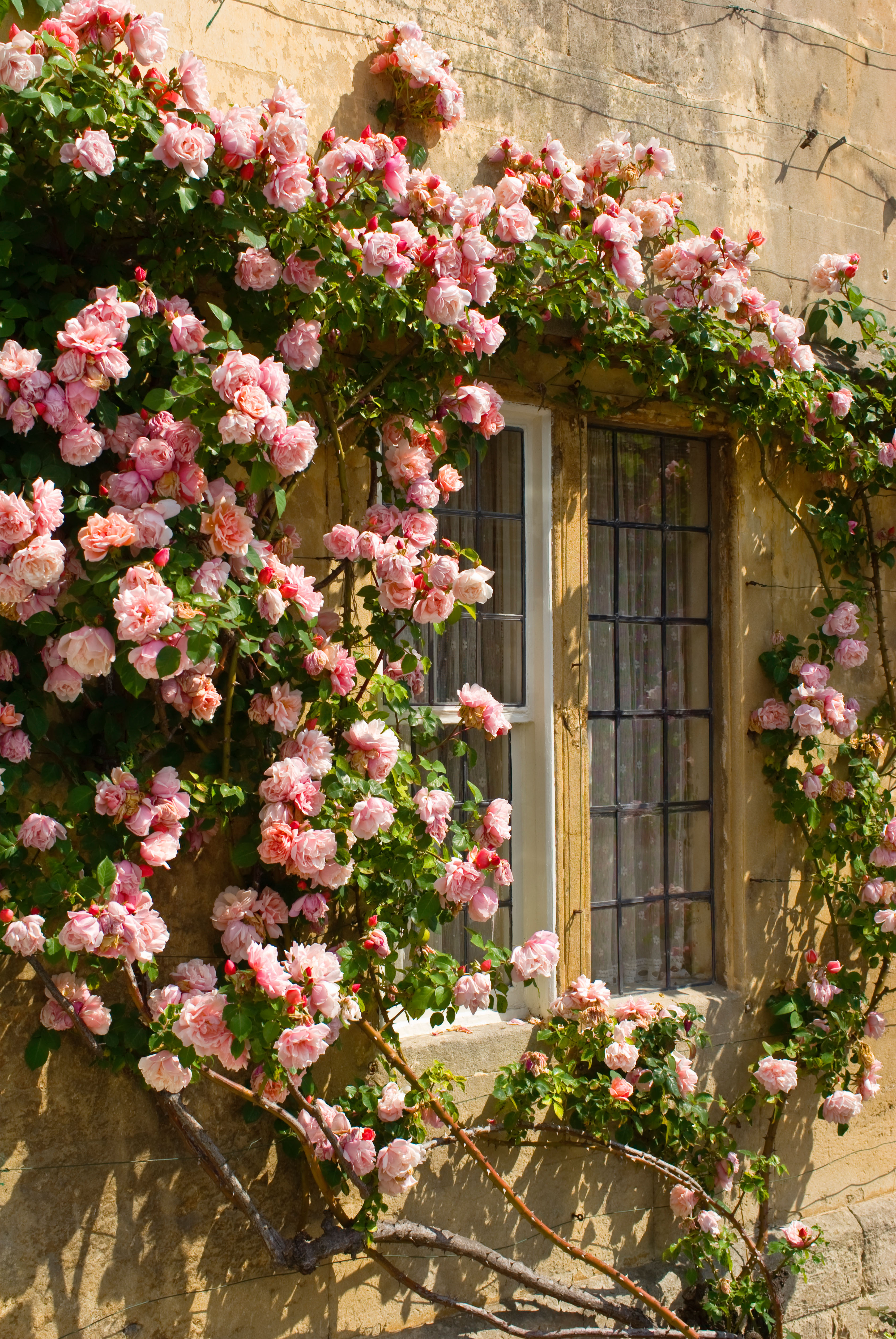
The rose variety that's ridiculously easy to grow: 'Stuff some cuttings into the soil and two years later, they'll be flourishing'
Rose expert Charles Quest-Ritson on the delights of the rambling rose.

Charles Quest-Ritson: In praise of climate change
'Scorn the batty arguments of those who deny that changes have happened and are happening,' says our columnist. And while
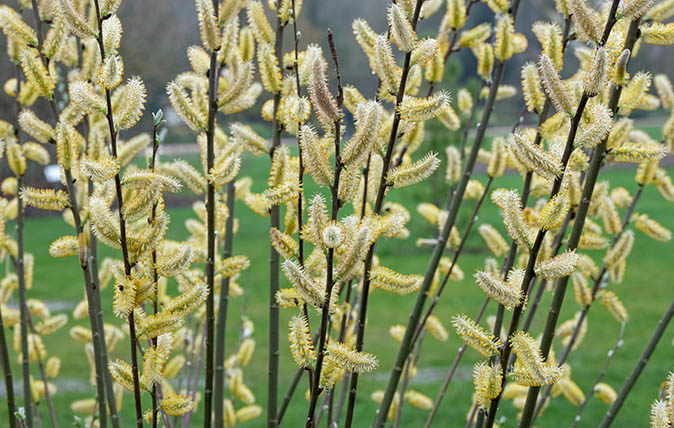
What to plant if you're thinking of putting a willow in your garden
Charles Quest-Ritson offers advice on this incredibly vibrant plant.
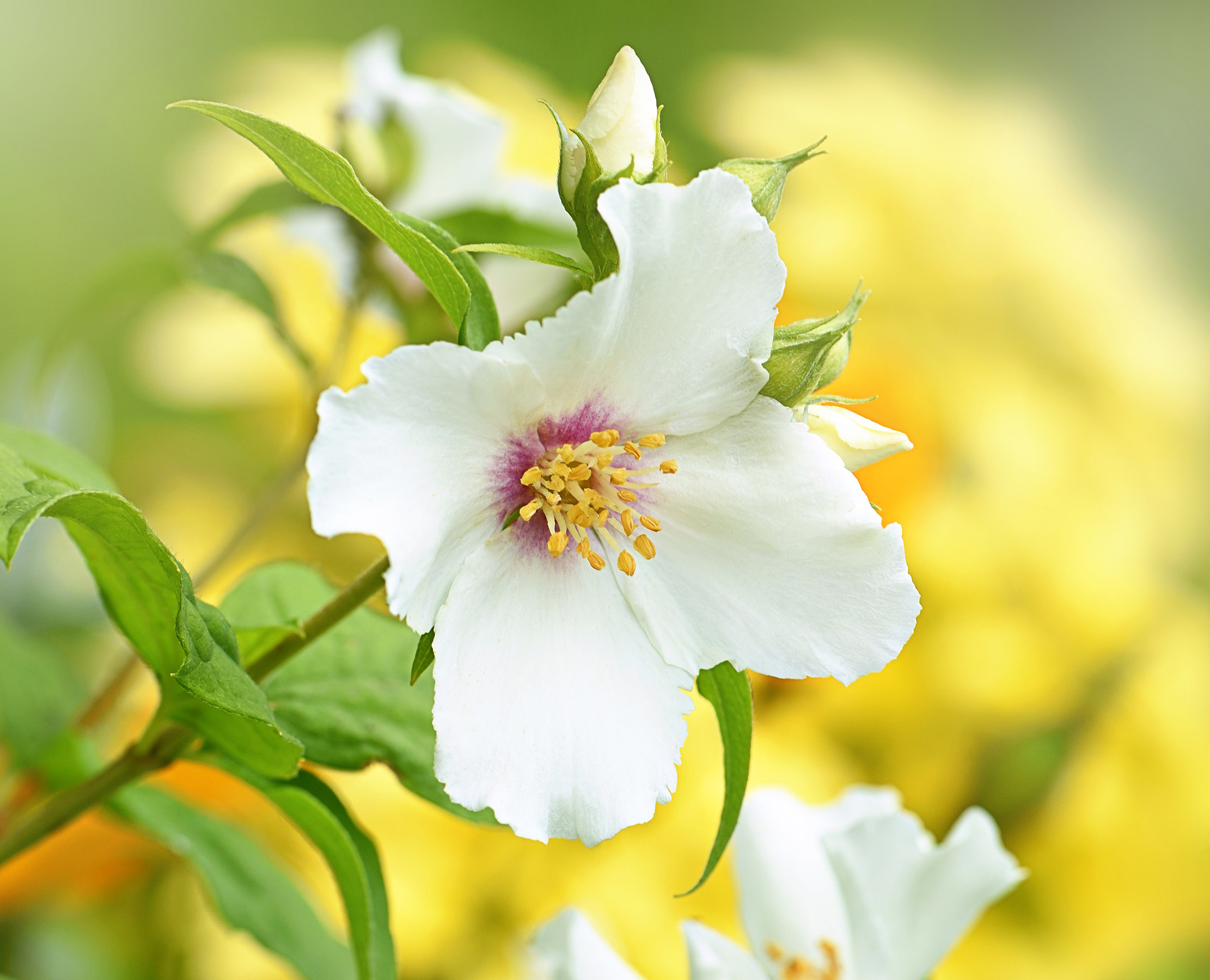
Credit: Getty Images
Charles Quest-Ritson: Why every gardener in Britain should be growing philadelphus
Charles Quest-Ritson's list of flowers that every garden should own includes the usual names — rose, daffodil, clematis. But he'd also
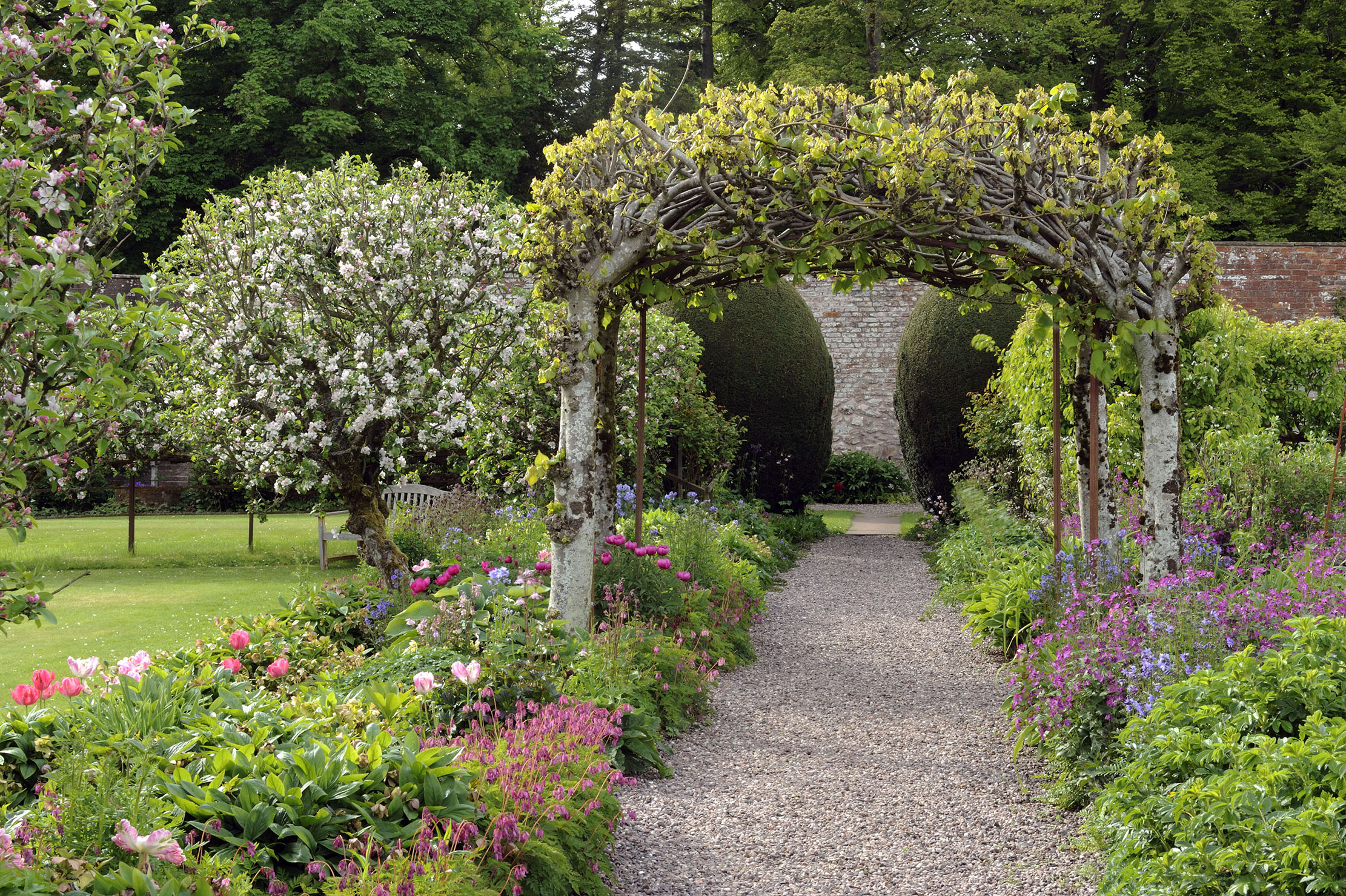
Credit: Val Corbett for the Country Life Picture Libary
Charles Quest-Ritson: Moving back to an English country garden has been a joy — but we do miss the cheese
Giving up life on the Cherbourg peninsula to return to England has brought huge happiness to Charles Quest-Ritson — but

Charles Quest-Ritson: English gardens are the envy of the world, but the countryside is even greater
Reminiscing on an encounter with a group of garden tourists gives our columnist pause for thought about the nature of
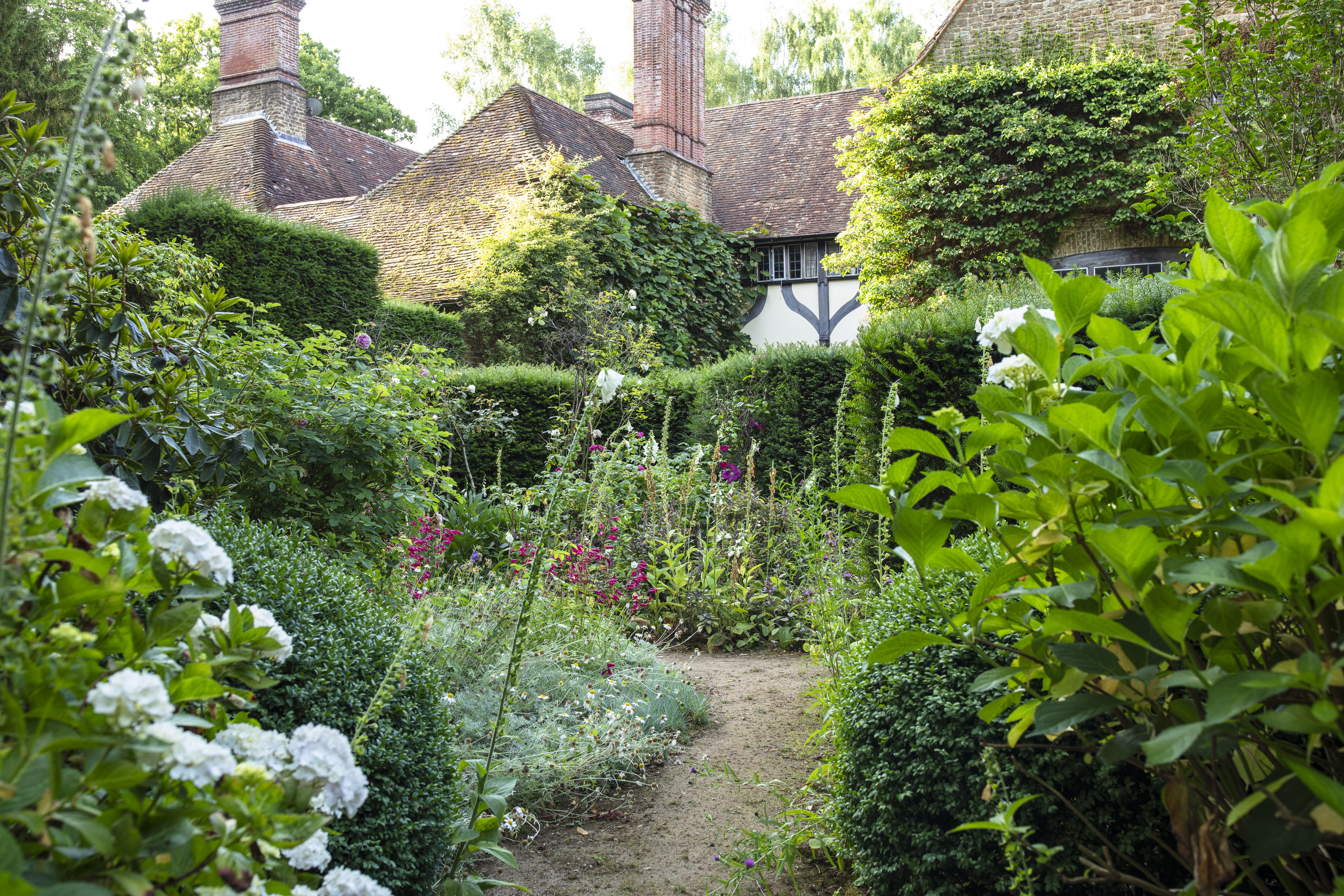
Charles Quest-Ritson: The 'devastating consequences' when two of Britain's greatest-ever gardeners met for afternoon tea
A single meeting between Graham Stuart Thomas and Gertrude Jekyll shaped the career and thinking of the 'greatest gardener ever',
Charles Quest-Ritson is a historian and writer about plants and gardens. His books include The English Garden: A Social History; Gardens of Europe; and Ninfa: The Most Romantic Garden in the World. He is a great enthusiast for roses — he wrote the RHS Encyclopedia of Roses jointly with his wife Brigid and spent five years writing his definitive Climbing Roses of the World (descriptions of 1,6oo varieties!). Food is another passion: he was the first Englishman to qualify as an olive oil taster in accordance with EU norms. He has lectured in five languages and in all six continents except Antarctica, where he missed his chance when his son-in-law was Governor of the Falkland Islands.
